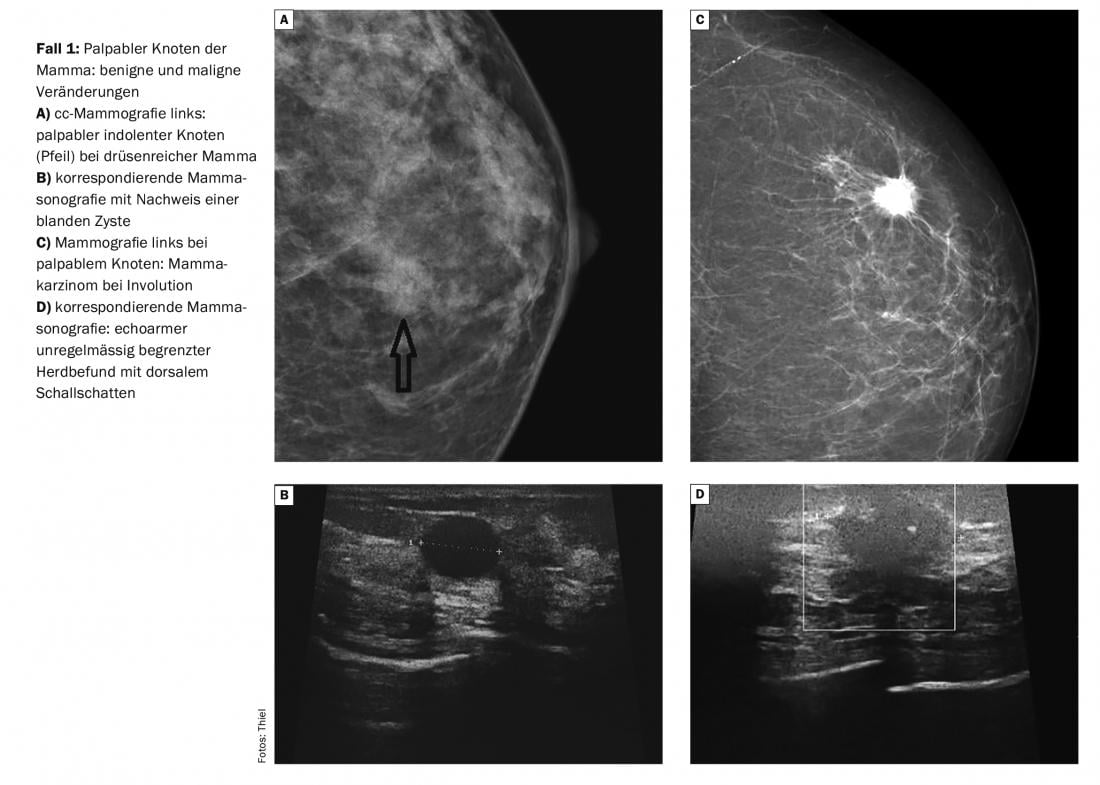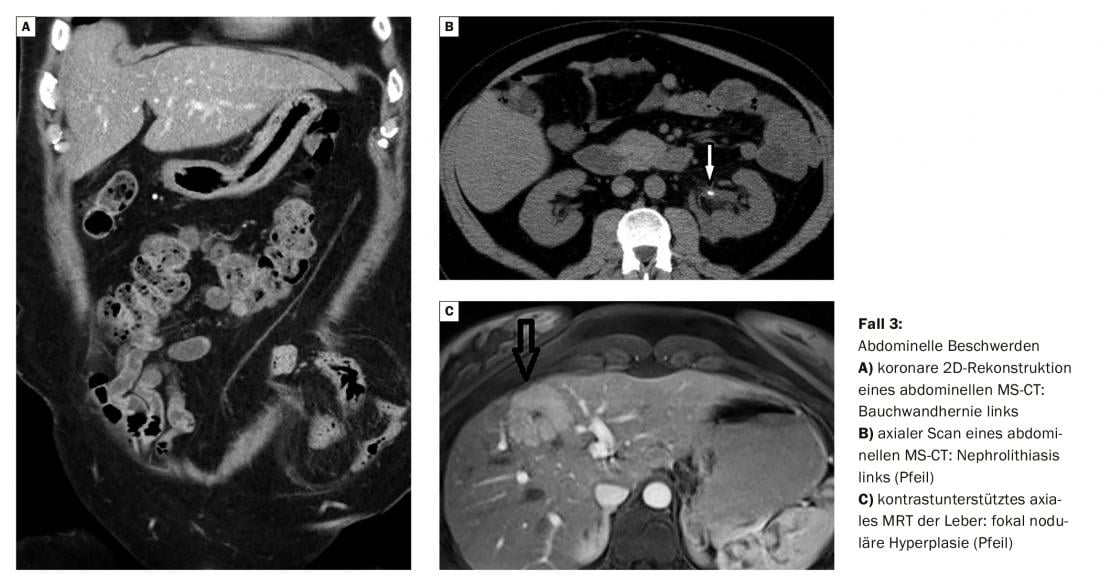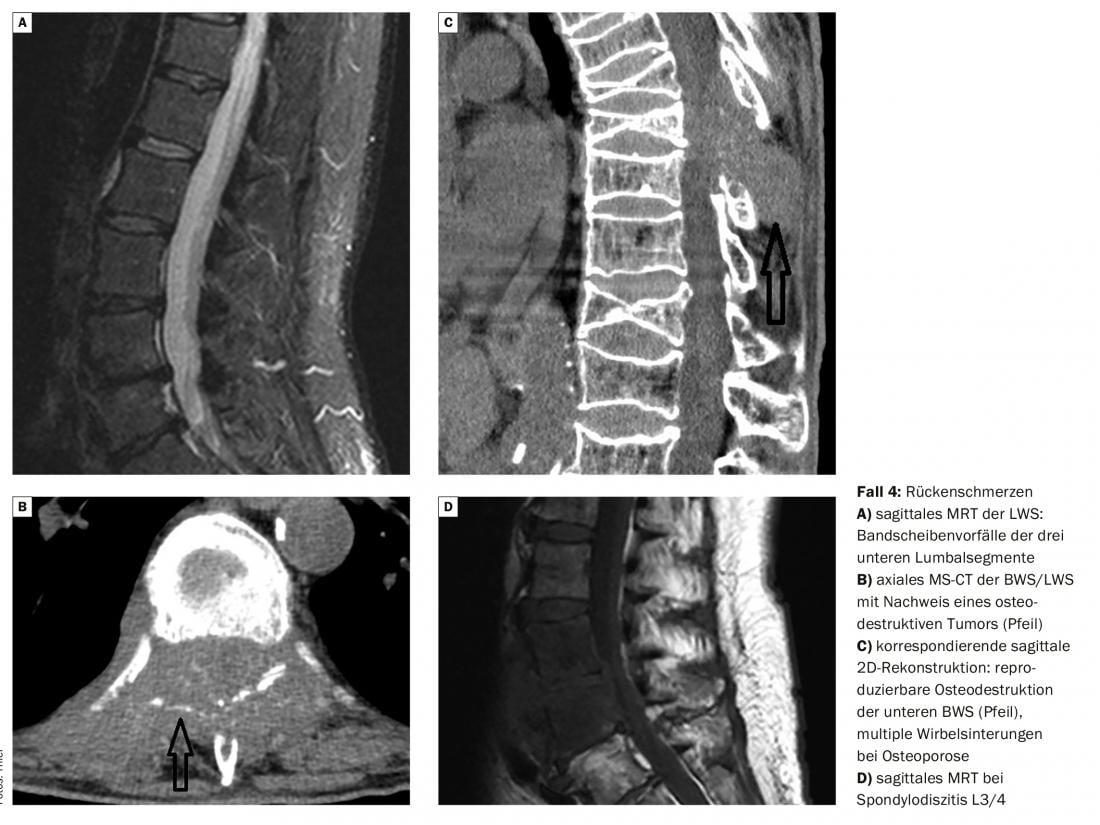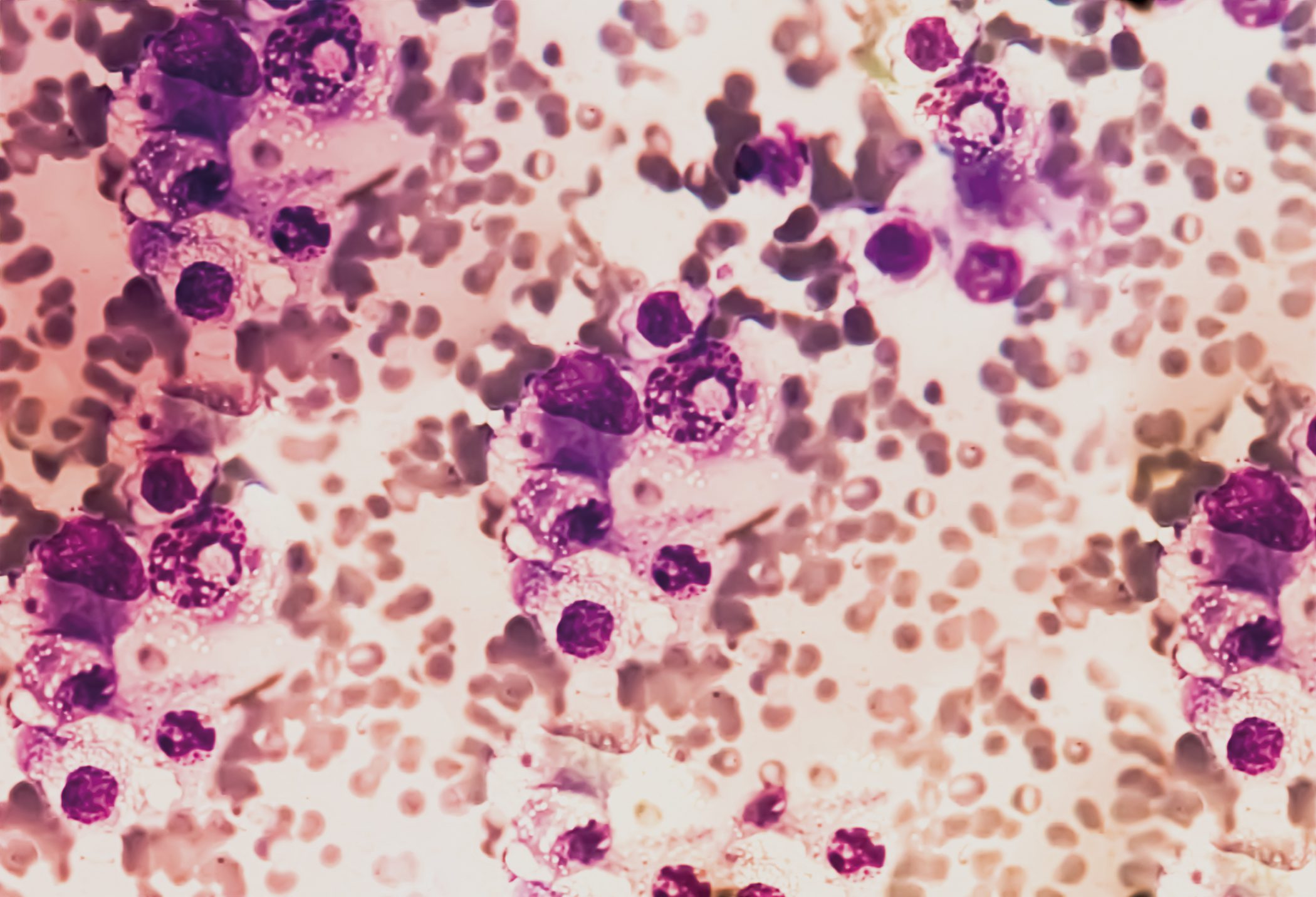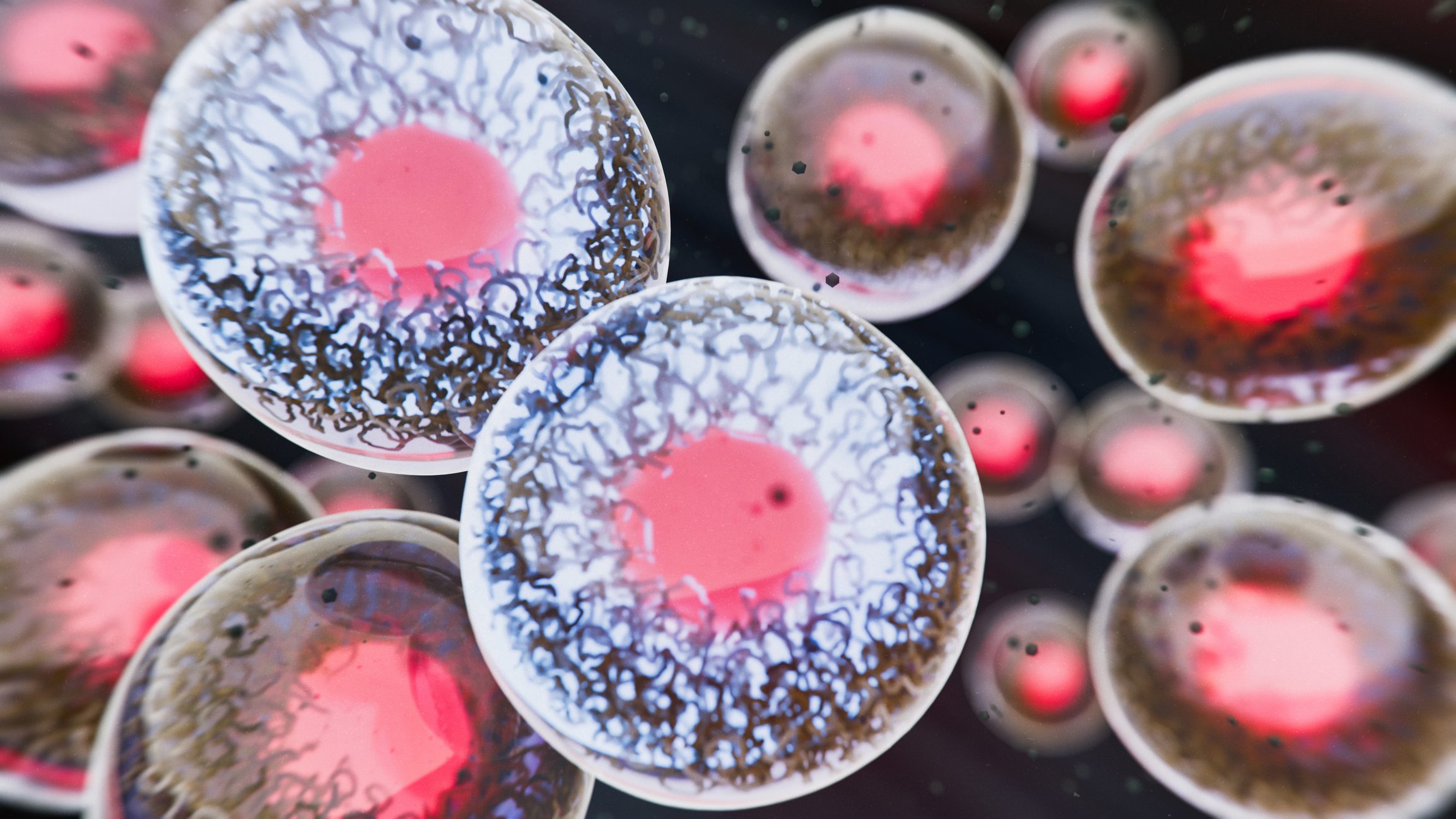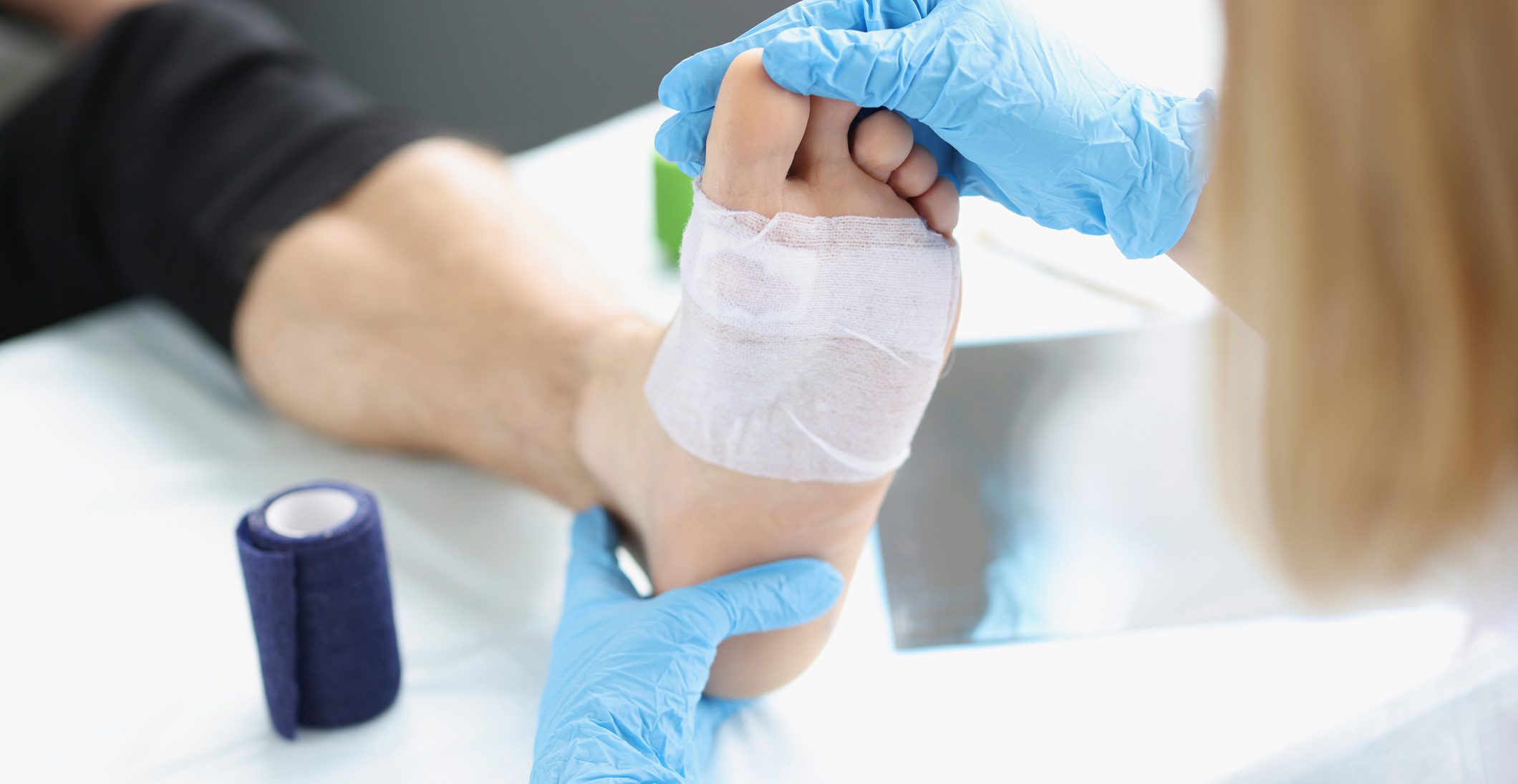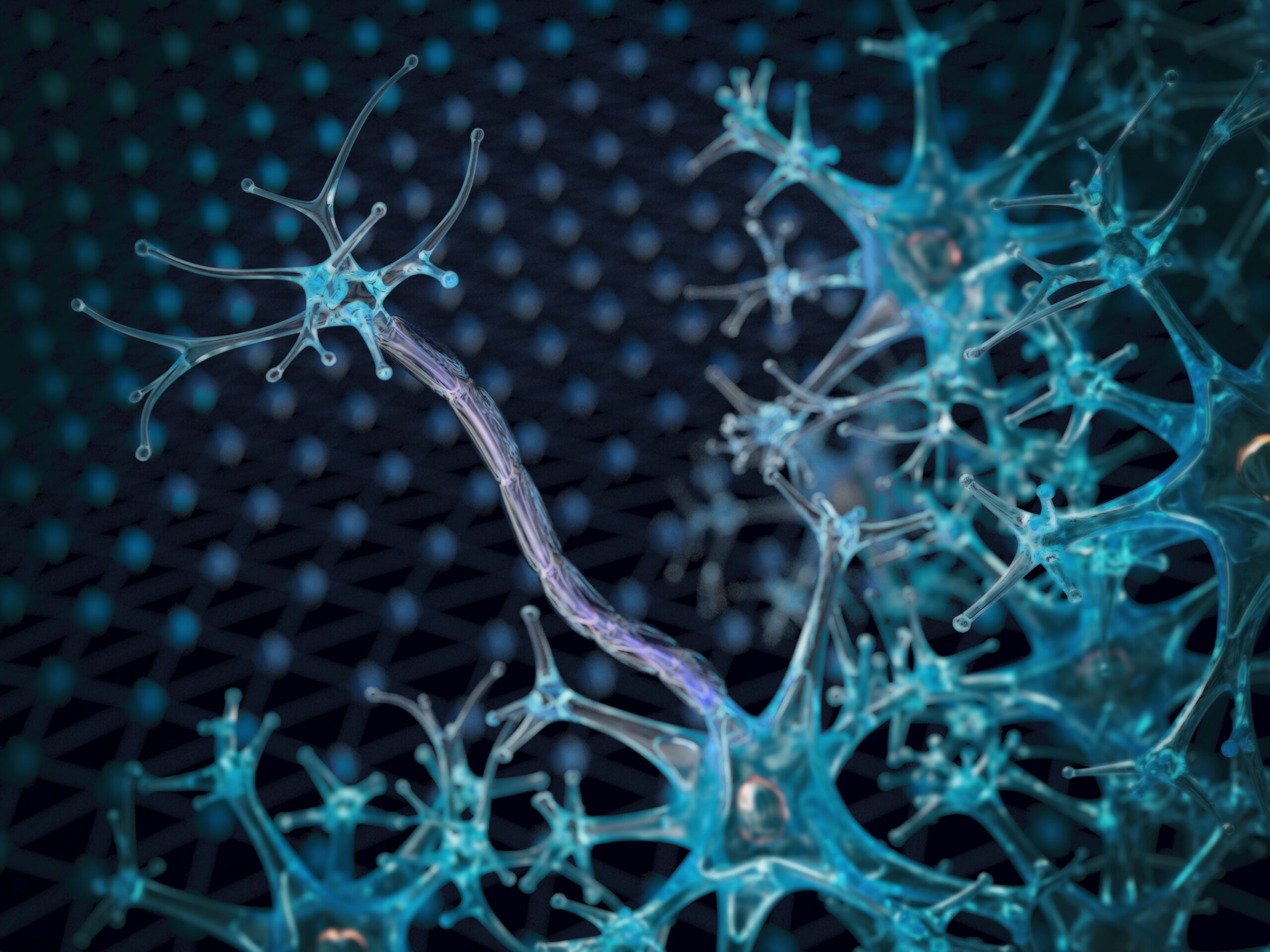Diagnoses cannot always be made with certainty after taking a medical history and performing clinical and laboratory examinations. Sometimes, further imaging clarification is required.
This article is intended as the introduction to a series. It is intended to emphasize the importance of collegial collaboration in the field of clinical, paraclinical, and diagnostic imaging. Cases from different areas of human and dental medicine that may occur in daily practice are presented.
From symptom to diagnosis – this is the challenge doctors have to face every day. Often, symptoms are equivocal, laboratory findings are nonspecific, and the medical history is not directional. Clarification is expected from the imaging study. This is also possible in most cases. However, it is a prerequisite that the relevant findings of the clinical and paraclinical examination are transmitted to the radiologist in addition to the symptomatology. The question must be clearly formulated. However, even under these conditions, there are always cases that require additional imaging or tissue workup for a definitive diagnosis. If the question is relevant and the findings are ambiguous, the follow-up with clarification of the findings over time should also be reconsidered.
The uniform structure of the following articles will therefore consider all aspects of diagnostics. If this can improve interdisciplinary collaboration, based on an understanding of the activity and mutual acceptance, then the cases presented have achieved the goal.
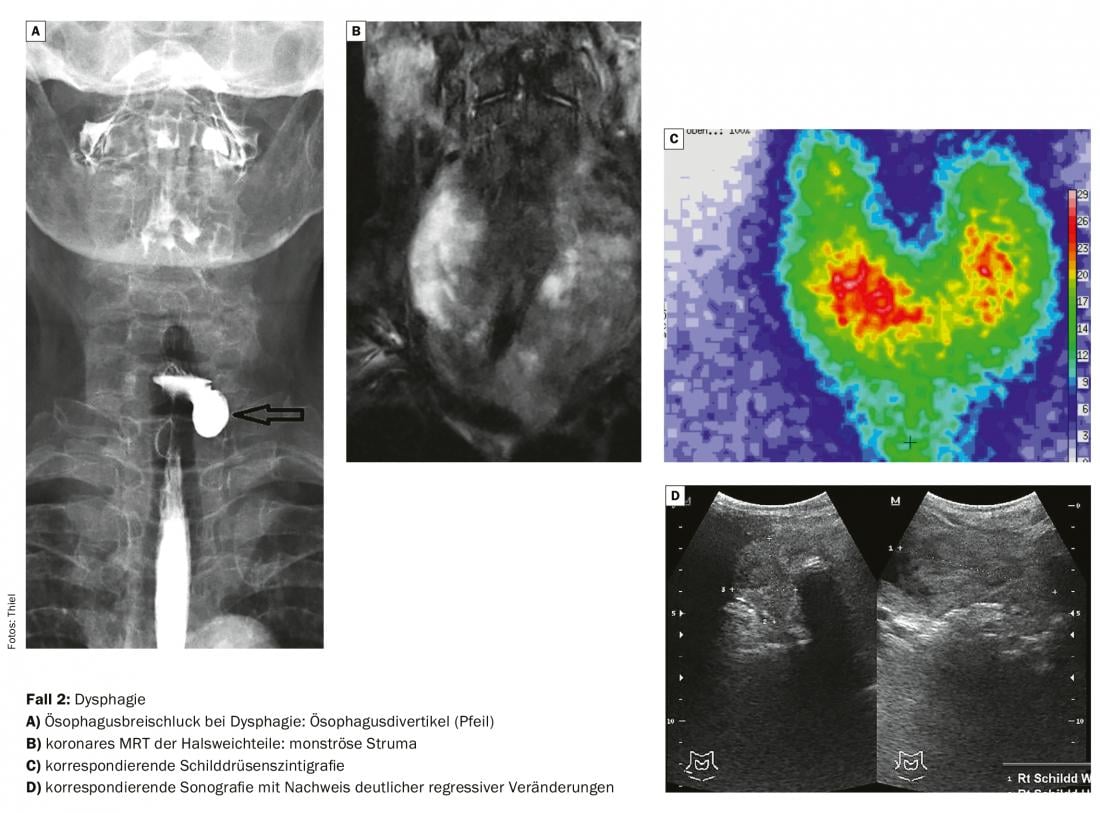
Similar symptoms, different causes
In the introductory article, only the imaging examination results are presented as an example in cases with similar clinical symptoms. Paraclinical findings are not included but are presented in later casuistry. The introduction also omits the anamnestic, clinical, and laboratory findings; rather, it is intended to highlight the different causes in the clinical picture when the symptoms are similar.
Take-Home Messages
- Anamnesis, clinical examination and supplementary laboratory findings form the basis for a reliable diagnosis.
- In cases of equivocal findings, including nonspecific paraclinical results, further imaging is indicated.
- Differential diagnosis occasionally requires complementary alternative imaging studies.
- If no clear criteria for a malignant event are found in the overall aspect with appropriate questioning, a follow-up may also be legitimate.
- Only in a collegial dialogue between referring physicians and radiologists can a timely, adequate diagnosis be made.
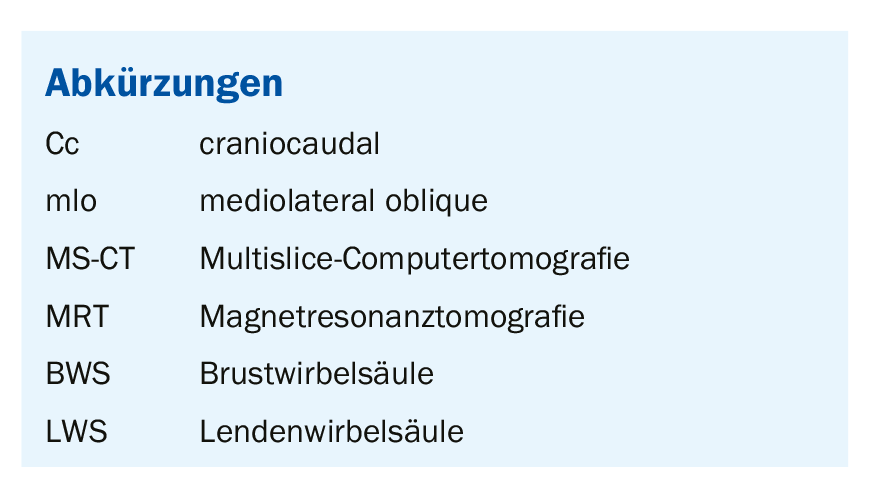
HAUSARZT PRAXIS 2019; 14(5): 47-51



